- News
- Reviews
- Bikes
- Accessories
- Accessories - misc
- Computer mounts
- Bags
- Bar ends
- Bike bags & cases
- Bottle cages
- Bottles
- Cameras
- Car racks
- Child seats
- Computers
- Glasses
- GPS units
- Helmets
- Lights - front
- Lights - rear
- Lights - sets
- Locks
- Mirrors
- Mudguards
- Racks
- Pumps & CO2 inflators
- Puncture kits
- Reflectives
- Smart watches
- Stands and racks
- Trailers
- Clothing
- Components
- Bar tape & grips
- Bottom brackets
- Brake & gear cables
- Brake & STI levers
- Brake pads & spares
- Brakes
- Cassettes & freewheels
- Chains
- Chainsets & chainrings
- Derailleurs - front
- Derailleurs - rear
- Forks
- Gear levers & shifters
- Groupsets
- Handlebars & extensions
- Headsets
- Hubs
- Inner tubes
- Pedals
- Quick releases & skewers
- Saddles
- Seatposts
- Stems
- Wheels
- Tyres
- Health, fitness and nutrition
- Tools and workshop
- Miscellaneous
- Cross country mountain bikes
- Tubeless valves
- Buyers Guides
- Features
- Forum
- Recommends
- Podcast
TECH NEWS
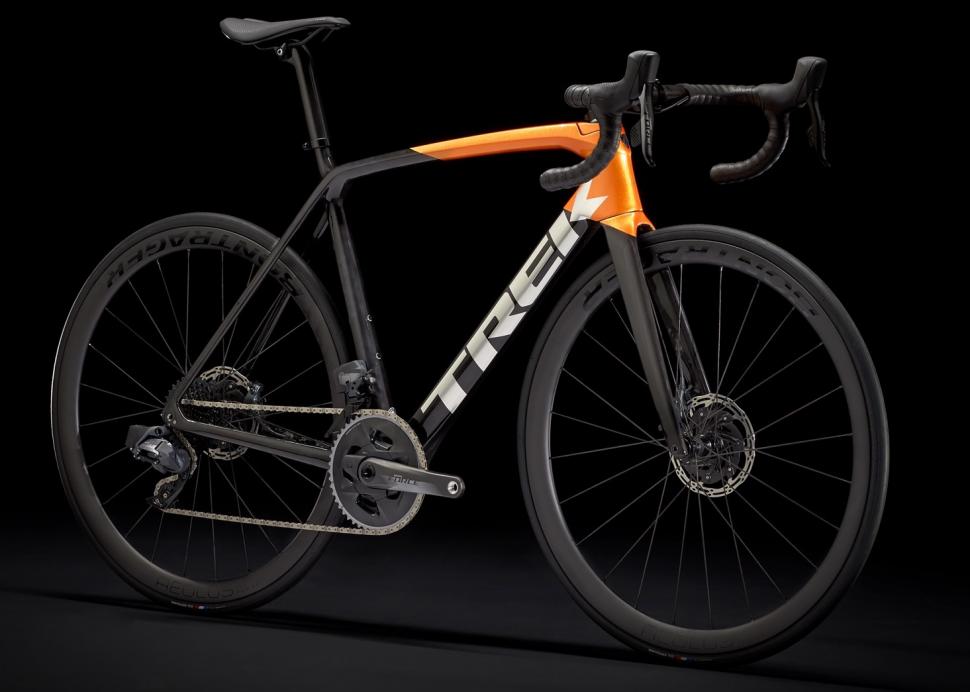 2021 Trek EmondaSL7DisceTap_21_32564_B_Portrait.jpg
2021 Trek EmondaSL7DisceTap_21_32564_B_Portrait.jpgAll-new Émonda gets aero to become "Trek’s fastest climbing bike ever" – and it's disc brake-only
Trek has released a new Émonda road bike range that features aero tubing throughout, with the top-level SLR frame still weighing less than 700g. The US brand says that the flagship platform is 60 seconds per hour faster than its predecessor on flat roads, and 18 seconds per hour faster on an 8% gradient (more details on those claims below). The entire range is disc brake only.
Here’s the essential information in bullet points:
• Top-level Émonda SLR frame weighs 698g
• Émonda SLR features a new material: OCLV 800 Series
• Both Émonda SLR and the more accessible SL frame feature tube profiles shaped for aero efficiency
• Cable routing is hidden
• New Bontrager Aeolus wheels and Aeolus RSL VR-C handlebar/stem are central to the range
• Both the Émonda SLR and SL are disc-brake only designs; there are no rim brake models
• Entire range switches to Trek's H1.5 geometry, as used on the Madone
Head over to our First Ride for our early impressions of the Trek Émonda SL 6 Pro and our video
Improved aerodynamics
The Émonda has always been the lightweight road bike in Trek's range, and so it remains, but aerodynamics have now been added into the mix for the first time. Giant has recently done something similar with its TCR Advanced road bike and many other brands have added aero features to their lightweight bikes over the past couple of years.
"The obvious goal was to get more aerodynamic but we didn't want to end up just designing another Madone or something really close to it, so we picked a famous climb, Alpe d'Huez [8.6 miles/ 13.85km at an average gradient of 8.1%, a frequent feature of the Tour de France], and made that our target," says Trek aerodynamicist John Davis.
Read our review of the Trek Madone SLR 9 Disc
"If it could be the fastest up Alpe D'Huez it would be the fastest up a large number of other climbs. We knew that we'd have to improve our aerodynamics to reach that goal but also not sacrifice too much weight [the previous generation Émonda SLR has a claimed frame weight of 660g].
"Before we did any engineering at all we decided to create a roadmap of the most efficient way to get up Alpe D'Huez, and the way to do that was to get our current bike and calculate its time up the climb. Now what happens if we add weight to the bike in order to reduce the drag? We did that tradeoff for every single point on this roadmap from +/-1kg of weight and +/-30% in aerodynamics."
To cut a long story short, Trek says that it used its engineering expertise and specialist software to blend weight and aerodynamics, focusing on unsteady aerodynamics because the Émonda is designed for climbing where bike speeds are typically slower than during something like time trialling, for example. Progress was tracked on the roadmap every time Trek undertook any CFD (computational fluid dynamics), created a new prototype or ran a wind tunnel test.
The engineers spent most time working on the front end of the bike – the bar/stem, head tube and down tube – because that's where you can make most gains, testing both with and without a water bottle in place. The results?
"In the wind tunnel, the new Émonda is about 60 seconds per hour faster [than the previous version] at high speeds, and with our Alpe D'Huez target it's about 18 seconds per hour faster," says John Davis.
That said, it wouldn't take Trek's notional rider (weighing 70kg and putting out 350 watts) an hour to get up Alpe D'Huez, it would take 47mins on the 2018 Émonda SLR Disc (fitted with Bontrager Aeolus XXX 2 wheels and Bontrager XXX handlebar/stem combo), while the same rider on a 2021 Émonda SLR Disc (fitted with a Bontrager Aeolus RSL VR-C handlebar/stem and Bontrager Aeolus RSL 37 wheels, see below) would take 46.75mins (46mins, 45secs) – a saving of 15secs.
Trek hasn’t published detailed aero comparisons with models from other brands, although it does claim that the new Émonda SLR is 13secs per hour faster than a Specialized Tarmac up an 8.1% gradient.
Trek says that in terms of aero efficiency, the new Émonda SLR sits about halfway between the previous generation Émonda SLR and its Madone SLR, and marginally ahead of the Domane. The new Émonda SLR is slightly heavier than the preceding model (by less than 40g) but significantly lighter than any Madone or Domane, both of which are equipped with Trek IsoSpeed as a means of smoothing the ride.
Of course, the majority of us don't spend our time climbing mountains as high as Alpe D'Huez on a regular basis, so what's the benefit in the real world?
"If you think about it, the slower you ride the more opportunity you have for aerodynamic improvements," says John Davis. "The other thing that helps with this bike in particular is that it is a climbing bike and so it is optimised for speeds that aren't 45km/h (28mph)."
As is generally the case, Trek did its designing using CFD and took its designs to the wind tunnel for validation (at Witchita State University and San Diego).
Trek’s reference testing was done with a dynamic mannequin on the bike, although a riderless bike was used to reduce ‘noise’ in the development of various parts of the design.
Like most other road bikes, the Émonda has been optimised for use with 25mm-wide tyres because they’re still the most popular racing option, although you've got to wonder how long that will remain the case. The Émonda will take 28mm tyres but the aerodynamic efficiency will be slightly lower.
A new material: 800 Series OCLV carbon
Trek says that the use of a new kind of carbon-fibre within the layup is key to the performance of the Émonda SLR.
"When we went through our aerodynamic investigation we discovered that as you add aerodynamics into the mix the frame shapes become somewhat less efficient and that means that in order to maintain strength and stiffness you need to add weight," says Jordan Roessingh, Trek's Director of Road Products.
"We set a [target] of under 700g for the frame and we needed a new material in order to hit that. OCLV 700 wasn't going to be able to do it. We were able to hit our stiffness target with OCLV 700 at below our weight target but the frame wasn't going to be able to pass our strength testing.
"If we were to pass all of our [strength] tests in the [new Émonda's] frame shape, we'd be looking at about 760g with OCLV 700, so we had to go out and see if there were new materials and processes available that we could leverage to attain our goal.
"From a fibre-type perspective OCLV 800 is 30% stronger than the material that we've been using in OCLV 700. It is what enabled us to pass all of our testing, hit the weight goal and provide the stiffness we wanted. We use it in specific areas of the frame that benefit most from having that quality of improved strength, and we are able to save a significant amount of weight.
"With OCLV 800 the frame weighs 698g [unpainted], so we're looking at a little over 60g total saving [versus what would be possible in this frame shape with OCLV 700], which is massive. In an area where we're looking at incremental gains, 8% is a huge amount."
Trek isn't giving many more details about OCLV 800, saying only that it was a long time in development.
"Any time we have a new fibre type we need to run through a bunch of different tests to understand where on the frame would most benefit from it and how specifically to use it," says Jordan Roessingh.
"It was a two year cycle once we got access to this new fibre type, and about 250 frames. This is a very expensive, very high performance fibre and Trek is the first in the bike industry to be using it."
Trek says that in blind testing the Trek-Segafredo team gave its seal of approval to the final layup design.
"The [previous generation] Émonda is an awesome lightweight race bike... but there's a big gap between the aerodynamics of this bike and the Madone," says Matt Schriver, Tech Director Trek-Segafredo.
"The new Émonda closes that gap on aerodynamics, making it extremely fast but not at a weight penalty. That's what the team was pushing for: don't lose the ride characteristics – the awesome geometry, that snappy feeling – and make sure we can always be at 6.8kg [the UCI's minimum weight limit for racing], no matter the frame size. I would anticipate that in seven out of 10 race days, [the team riders] will be on the Émonda."
Geometry
Rather than being available in a choice of either H1 (aggressive) or H2 (slightly more relaxed but still race-focused) geometries, as previously, the new Trek Émonda SLR and SL bikes follow the Madones in switching to an H1.5 fit. As the name suggests, H1.5 splits the difference between H1 and H2.
Let's take a 56cm model as an example. This one comes with a 52.5cm seat tube, a 55.9cm effective top tube, and a 15.1cm head tube. The head tube angle is 73.5° and the seat tube angle is 73.3°. The stack is 56.3cm and the reach is 39.1cm, giving a stack/reach of 1.44. Each of these figures is exactly the same as the Madone's.
"We feel like H1.5 strikes the perfect balance for a race bike," says Jordan Roessingh. "It is both an aggressive geometry – it's what our team is using – and still accessible to an everyday rider looking for a race bike, without the need for a huge spacer stack."
Trek says that the geometry works with any rider, regardless of gender.
Aeolus RSL VR-C handlebar/stem
All of the Émonda SLR complete bikes are specced with Bontrager's new carbon Aeolus RSL VR-C integrated handlebar/stem (the Émonda SLs get separate handlebars and stems) which has been designed alongside the frame to be both aerodynamically efficient and lightweight.
Trek says that the new design is nearly 10% faster than its predecessor (okay, a handlebar can't exactly be 'faster', but the idea is that improved aero efficiency will allow you to ride at a higher speed for a given power output), saving a 65kg rider the equivalent of seven watts (based on wind tunnel testing calculations, averaging 28mph with a 7mph wind speed on a flat road). That's a significant proportion of the Émonda SLR's overall aero benefit.
The profile of the top section is designed to reduce drag, although the back isn't as squared off as it would have been for the ultimate aero shape – a concession to comfort.
Weights vary from 272g to 295g, depending on the length of the stem section (from 80mm to 120mm) and the overall width (from 38cm to 44cm). That's extremely light for something with an aero profile.
The Aeolus bar/stem features an integrated cable management system. The cables/hoses don't run internally but are positioned in a groove underneath the handlebar section while a carbon clamp sits underneath the stem. This means that you can swap the bar/stem without having to re-route the cables/hoses. Trek says that the design is optimised for electronic shifting, but that it works with mechanical setups too.
The bar/stem is compatible with Bontrager's Blendr components so it's easy to fit lights and computers, for instance.
The Émonda SLR's headset spacers are a split design – you can separate the two interlocking parts to remove them, meaning that adjusting the handlebar height is relatively easily.
The new Émonda SLRs are compatible with traditional handlebars and stems if you wanted to swap for any reason, or if you'd like to build up a frameset from scratch.
Aeolus wheels
Most of the 2021 Émonda SLR and SLs feature wheels from Bontrager's updated Aeolus line-up.
Trek specs the top level Émonda SLR 9 and SLR 9 eTap models with the new Bontrager Aeolus RSL 37 which it describes as "the ultimate race wheel". RSL stands for Race Shop Limited, by the way.
"Made from Bontrager's best OCLV Carbon, these ultra-light 37mm wheels have an all-new rim shape that’s faster than deeper wheels and lighter than shallower wheels, all while maintaining stability," says Trek. "Compared to their predecessors, the new shape is 30% deeper, making them 11% faster than before."
Trek says that the Bontrager Aeolus RSL 37 wheelset is 17% faster than the existing Bontrager Aeolus XXX 2 (28mm deep), and nearly matches the 47mm-deep Aeolus XXX 4 (Trek tests in the wind tunnel at -20° to +20° yaw and uses a weighted average to get its figures). The rims have an internal width of 21mm and an external width of 28mm.
The Aeolus RSL 37 wheels feature DT Swiss 240 hub internals with Ratchet EXP, and DT Swiss Aerolite spokes. Trek says that the increased bracing angle of the hub allowed it to take some weight out of the rim while maintaining stiffness. The engineers were able to remove some more weight because these are a disc brake-only design and the hubs are a little lighter than previously too.
Trek claims a wheelset weight of 1,325 g per set – 55g less than previous models. For comparison, Zipp's official weight for its 32mm deep 202 NSW Carbon Tubeless Disc-brake wheelset is 1,506g.
The other Trek Émonda SLRs, along with the Émonda SL 7 and SL 7 eTap, are fitted with Aeolus Pro 37 wheels.
These feature the same rim shape as the RSL model (above) but they're made from a simpler laminate that's easier (and so cheaper) to manufacture. You still get a DT Swiss Star Ratchet hub but it's a level lower than the design used for the Aeolus RSL 37. Trek claims a wheelset weight of 1,505g.
The Émonda SL 6 Pro is fitted with Bontrager Aeolus Elite 35 wheels.
"These high-value, high-performance wheels are built with fast, proven D3 shapes and are designed to bring the light weight, looks and responsive ride of carbon to more riders," says Trek.
All of these wheels are tubeless ready with no rider weight limits.
The other Émonda SLs are fitted with wheelsets from Bontrager's existing range: Paradigm in the case of the SL 6, and Affinity for the SL 5.
Other frame features
Previous Émondas featured Trek's BB90 bottom bracket system with the bearings pressed into the BB shell, but all the new Émonda SLR and SL models use T47, which is a design that the brand began using on its Domanés last year.
T47 bottom brackets, first introduced by Chris King and Argonaut Cycles a few years ago, thread (rather than push) into a wide shell. This allows Trek to use a broad down tube for stiffness.
The brand says that you can expect to see T47 used more widely across its road range in future.
Unlike many other brands, Trek hasn't gone with dropped seatstays (ones that join the seat tube low down) on the new Émonda.
"We've done a lot of investigation looking at dropped seatstays specifically, and while there are some benefits to using them it all came back to looking at what the Émonda is for, what we're trying to target from an aerodynamic perspective, and what's the most efficient way of getting there," says Jordan Roessingh.
"Structurally, the most efficient way for us to design a frame is for the stays to be traditionally positioned. There are some aerodynamic benefits of having dropped stays but we wouldn't have been able to achieve a sub-700g frame."
As mentioned above, the Émonda SL and SLR bikes have clearance for 700c x 28mm tyres. That allows 6mm of space around the tyre. There are no mudguard mounts.
All of the new Émondas are disc brake only. Trek says that when it has offered both disc brake and rim brake versions of the same bike in the past, riders have overwhelmingly opted for discs, so it is responding to demand rather than dictating to the bike buying public.
Émonda SL
The Émonda SL is identical to the SLR from a frame shape perspective; it uses the same tube profiles and the same geometry, the only difference being in the composite used. Whereas the SLR uses 800 Series OCLV Carbon, the SL features 500 Series.
This makes a significant difference to weight: the Émonda SLR’s frame is a claimed 698g and the fork is 365g while the Émonda SL's frame is 1,142g and the fork is 380g. To save you totting it up yourself, that means that the Émonda SL is 459g heavier (combined frame and fork weight).
The Émonda SL also uses a separate handlebar and stem rather than the one-piece Aeolus RSL VR-C handlebar/stem mentioned above.
Read our First Ride Review: Trek Émonda SL6 Pro 2021
Models and pricing
| Model | Groupset | Wheels | Weight | Price |
|---|---|---|---|---|
| Émonda SL 5 | Shimano 105 | Affinity Disc | 9.16kg | £2,275 |
| Émonda SL 6 | Shimano Ultegra | Paradigm | 8.28kg | £2,900 |
| Émonda SL 6 Pro | Shimano Ultegra | Aeolus Elite 35 | 8.06kg | £3,350 |
| Émonda SL 7 | Shimano Ultegra Di2 | Aeolus Pro 37 | 7.76kg | £4,850 |
| Émonda SL 7 eTap | SRAM Force eTap AXS | Aeolus Pro 37 | 7.94kg | £5,250 |
| Émonda SLR 6 | Shimano Ultegra | Aeolus Pro 37 | 7.26kg | £5,450 |
| Émonda SLR 7 | Shimano Ultegra Di2 | Aeolus Pro 37 | 7.17kg | £5,900 |
| Émonda SLR 7 eTap | SRAM Force eTap AXS | Aeolus Pro 37 | 7.35kg | £8,850 |
| Émonda SLR 9 | Shimano Dura-Ace Di2 | Aeolus RSL 37 | 6.78kg | £9,700 |
| Émonda SLR 9 eTap | SRAM Red eTap AXS | Aeolus RSL 37 | 6.75kg | £9,700 |
All of the SRAM-equipped bikes are fitted with Quarq power meters.
All of the wheels are from Trek's Bontrager brand.
Project One
If you have the money, the Emonda SLR is also available through Trek's Project One program that offers various customisation options.
There are three new Icon bikes (meaning that they come with 'premium paint schemes') including a Sweet Gold Leaf version – and it does feature real gold leaf.
There's also a new series called KOM that allows you to design your own bike and choose your own colours.
If you really want something special, Project One Ultimate allows you to do pretty much anything – non-standard colours, custom graphics, any spec you want...
The new Émonda SL and Émonda SLR are available now through Trek dealers and online at www.trekbikes.com.
Mat has been in cycling media since 1996, on titles including BikeRadar, Total Bike, Total Mountain Bike, What Mountain Bike and Mountain Biking UK, and he has been editor of 220 Triathlon and Cycling Plus. Mat has been road.cc technical editor for over a decade, testing bikes, fettling the latest kit, and trying out the most up-to-the-minute clothing. He has won his category in Ironman UK 70.3 and finished on the podium in both marathons he has run. Mat is a Cambridge graduate who did a post-grad in magazine journalism, and he is a winner of the Cycling Media Award for Specialist Online Writer. Now over 50, he's riding road and gravel bikes most days for fun and fitness rather than training for competitions.
Latest Comments
- mdavidford 18 min 58 sec ago
It's incorrect in classic formal English, but a perfectly acceptable construction in many forms of spoken English (increasingly so, to the point...
- Drinfinity 40 min 8 sec ago
That corner round the back of the cinema catches riders out in pretty much every race. The pavement there is also fairly narrow, and not barriered,...
- mctrials23 40 min 11 sec ago
Is your curb dropped? No, then you don't have a driveway and if a cycle lane is build past your house then tough luck. The rules on dropping curbs...
- Rendel Harris 43 min 54 sec ago
You could argue that either way but it seems reasonable to call it two separate incidents, he was assaulted, went home, later went back to the...
- ubercurmudgeon 2 hours 32 min ago
What a shit world we've created.
- Freddy56 3 hours 1 min ago
....or just buy galibier's Barrier glove and you don't need 2 pair of gloves. I think mine are 5 winters old.
- HollisJ 4 hours 28 min ago
Probably better suited as an all-road wheelset - the internal width of 22mm is kind of narrow for a gravel wheel these days, where the standard is...
- Miller 5 hours 32 min ago
If I was a DS I'd be lambasting Bettiol for being defeatist but as a spectator, his view seems pretty realistic. Anyway I want Pogi to stay out of...
- wtjs 6 hours 8 min ago
I hope this outcome brings some form of closure for Roseanne’s wider family and my thoughts very much remain with them today...
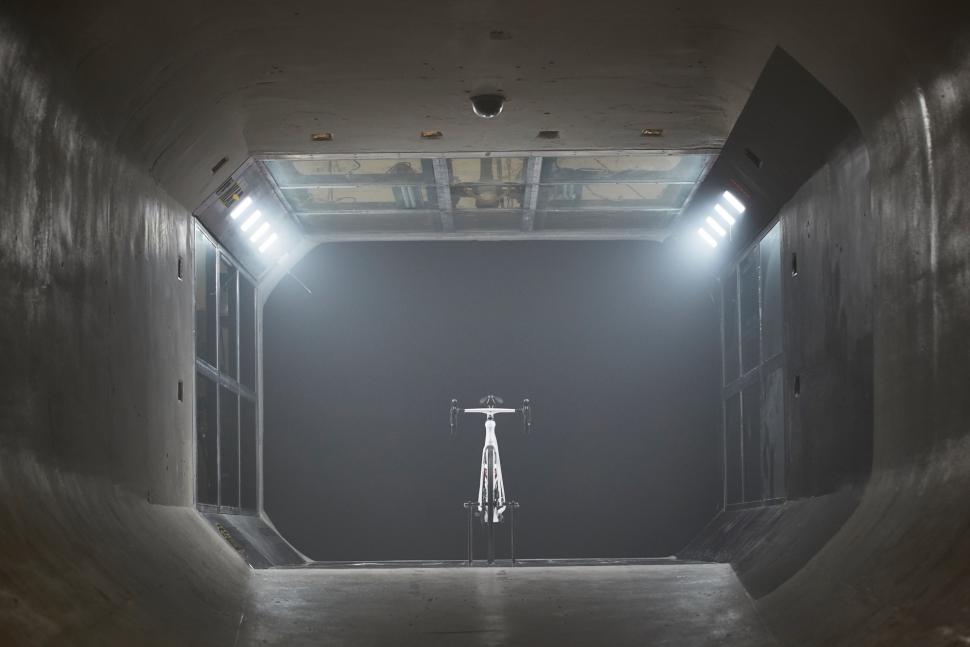
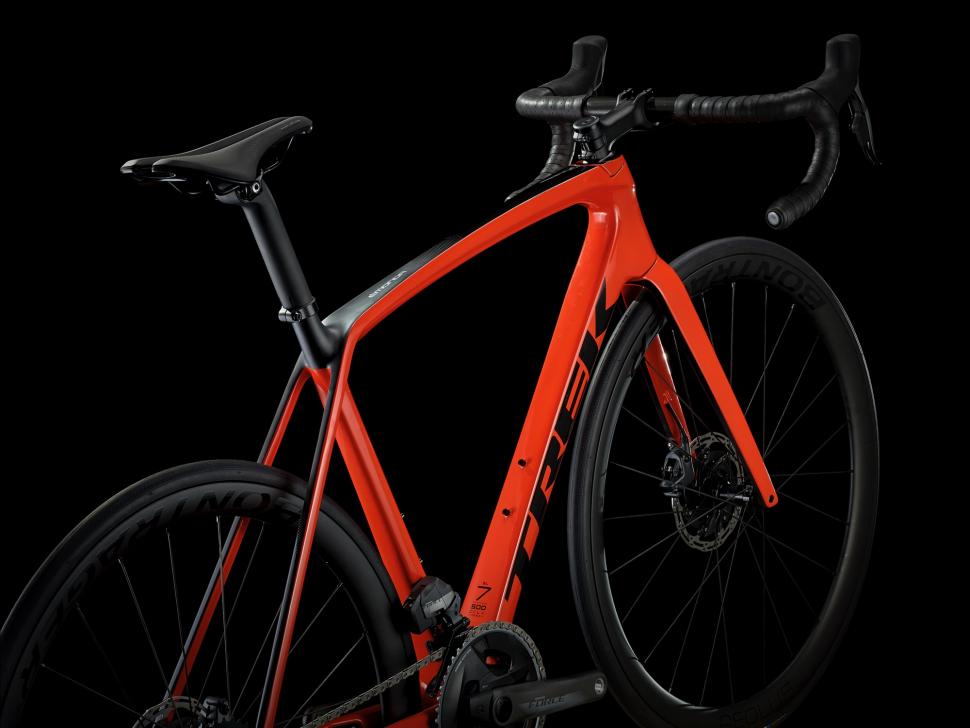

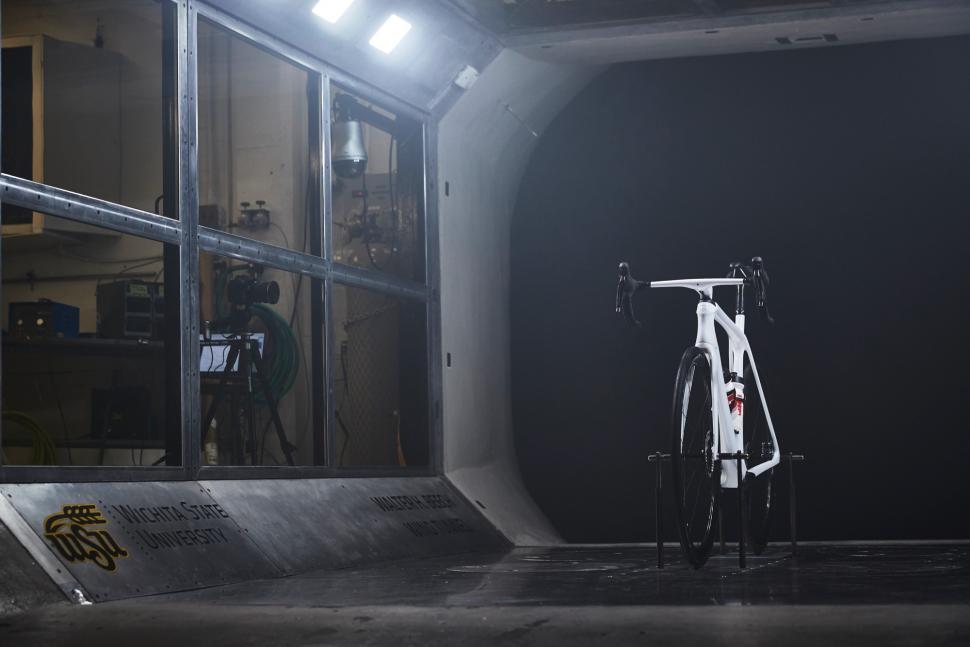
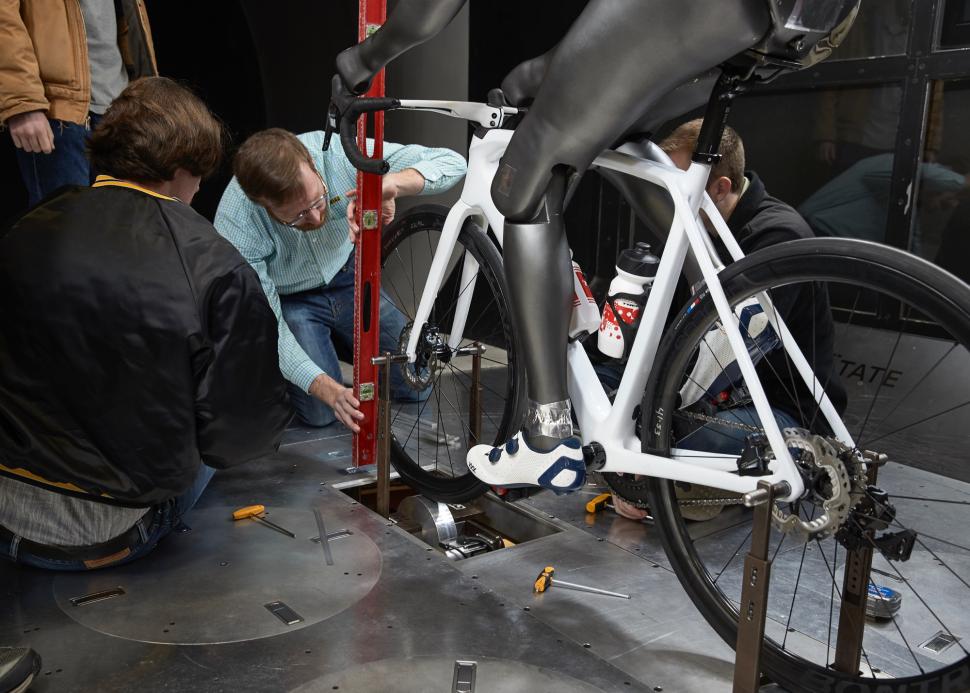


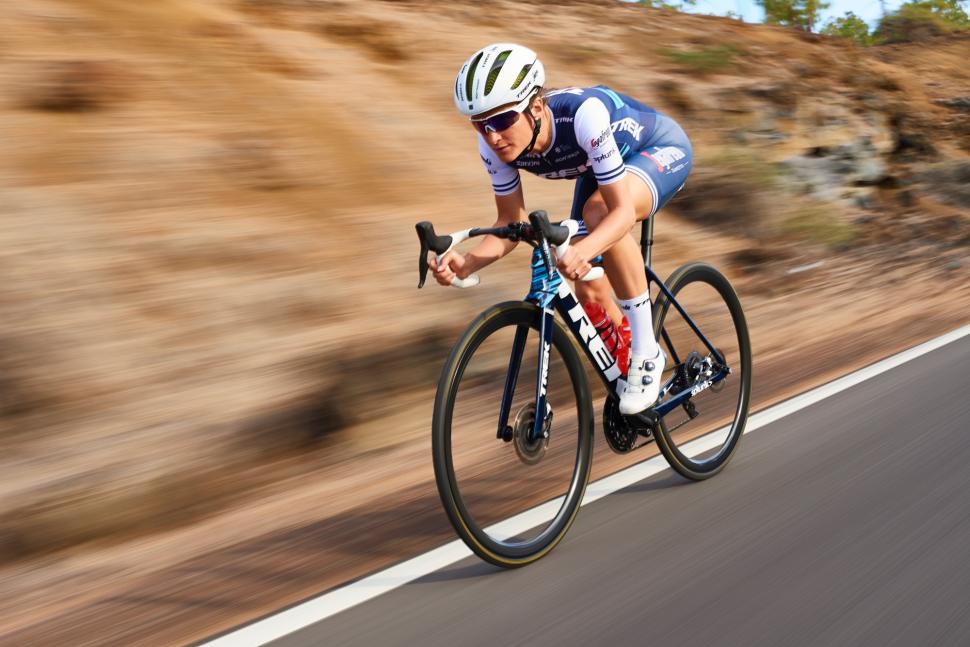
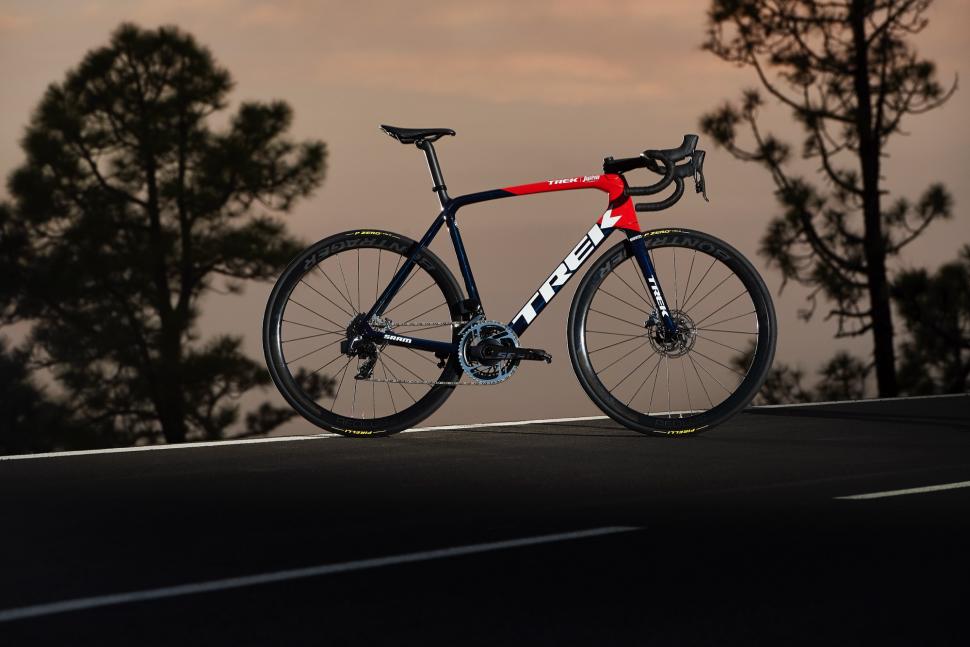
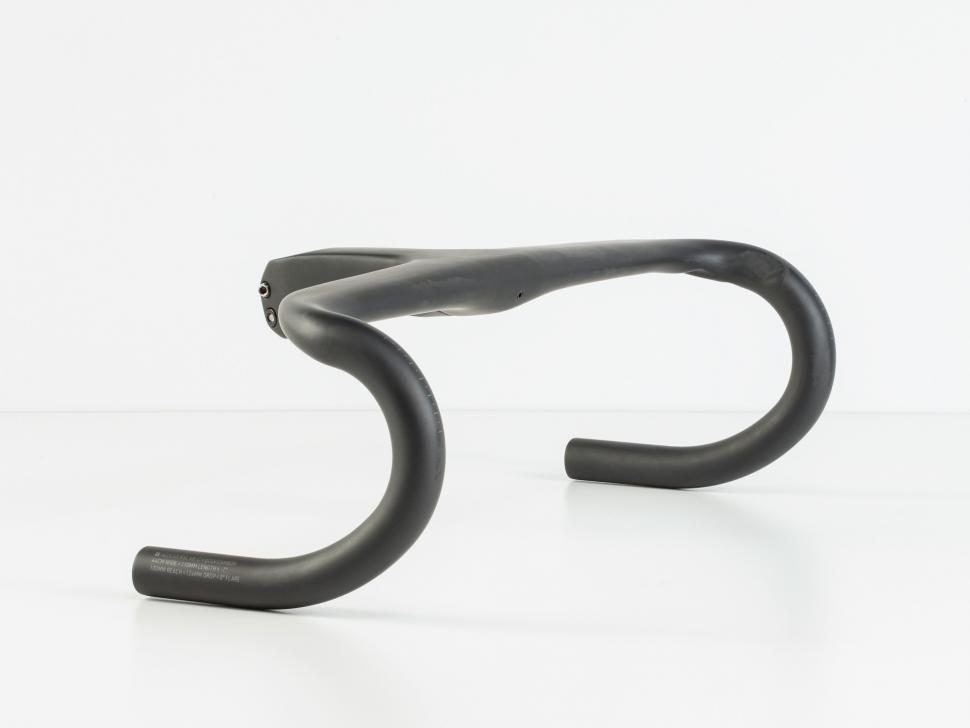

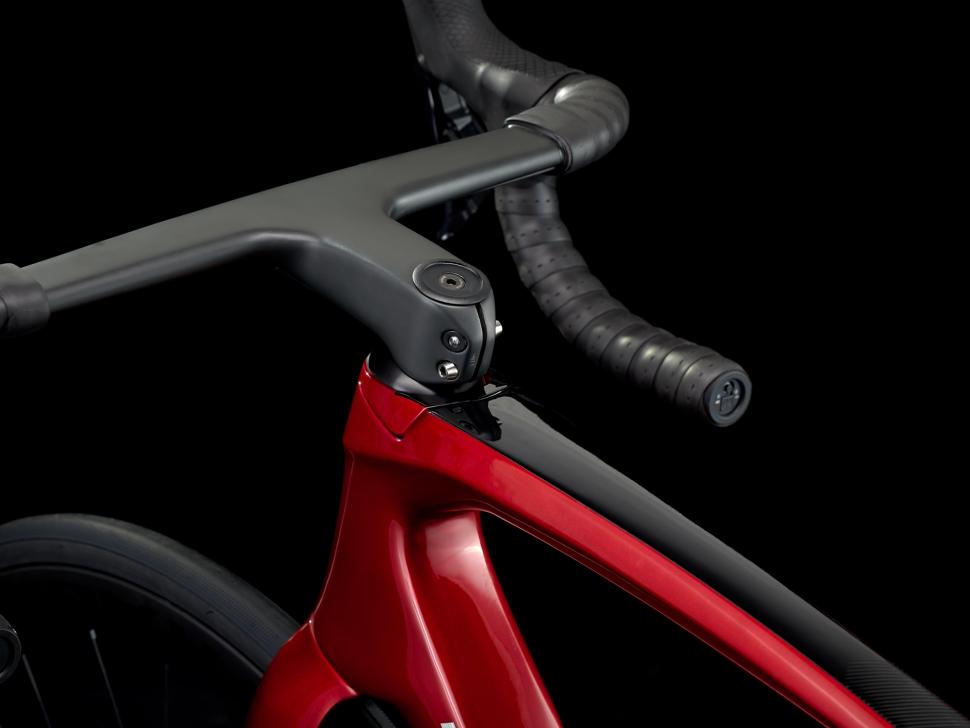
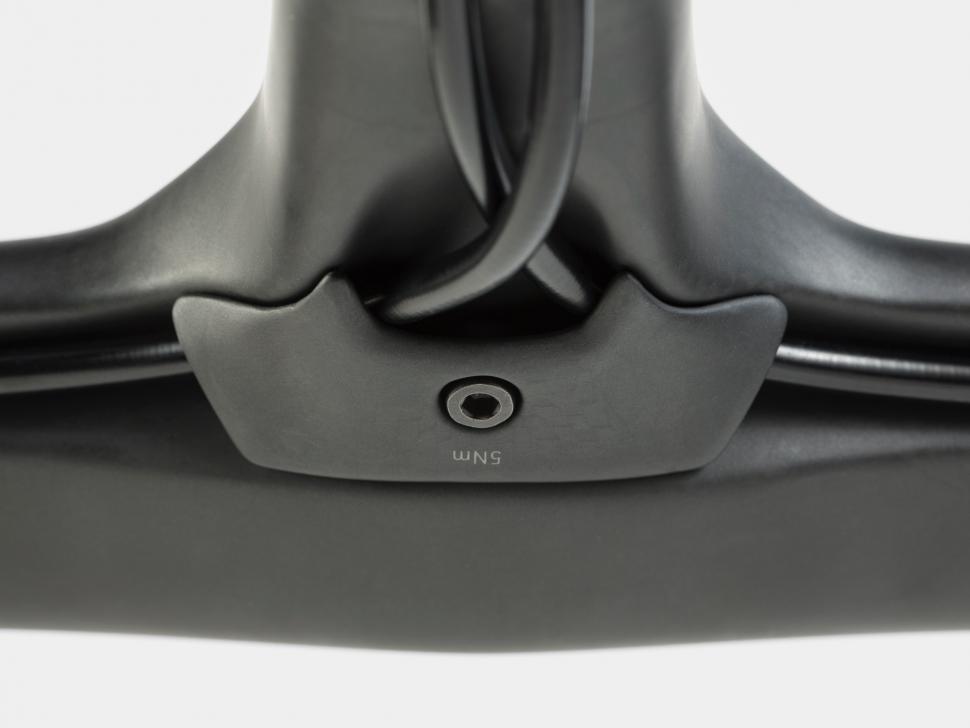
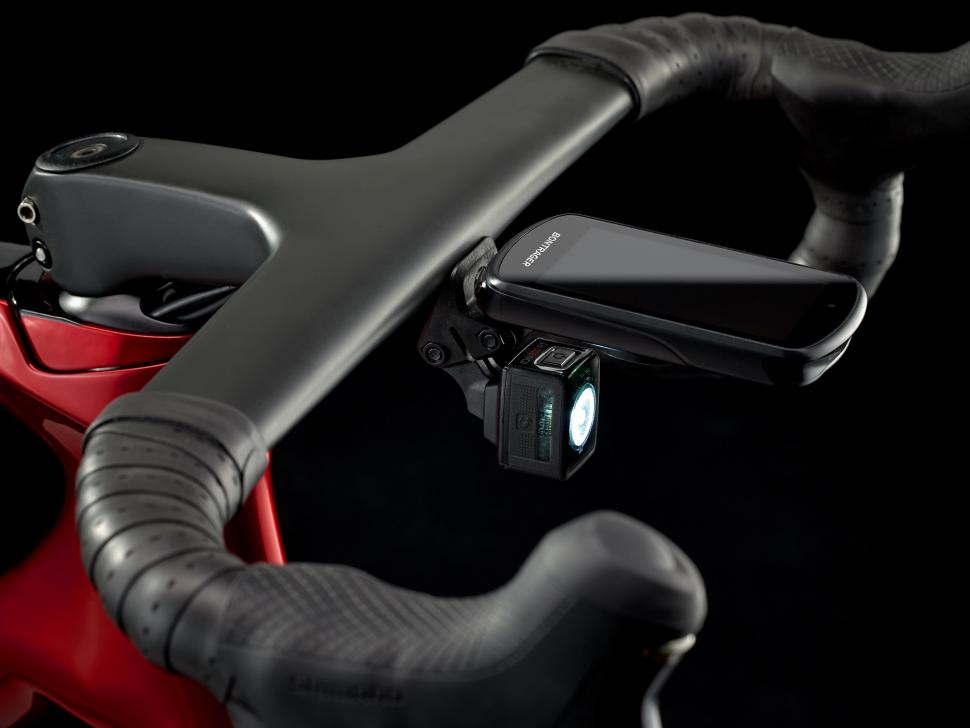
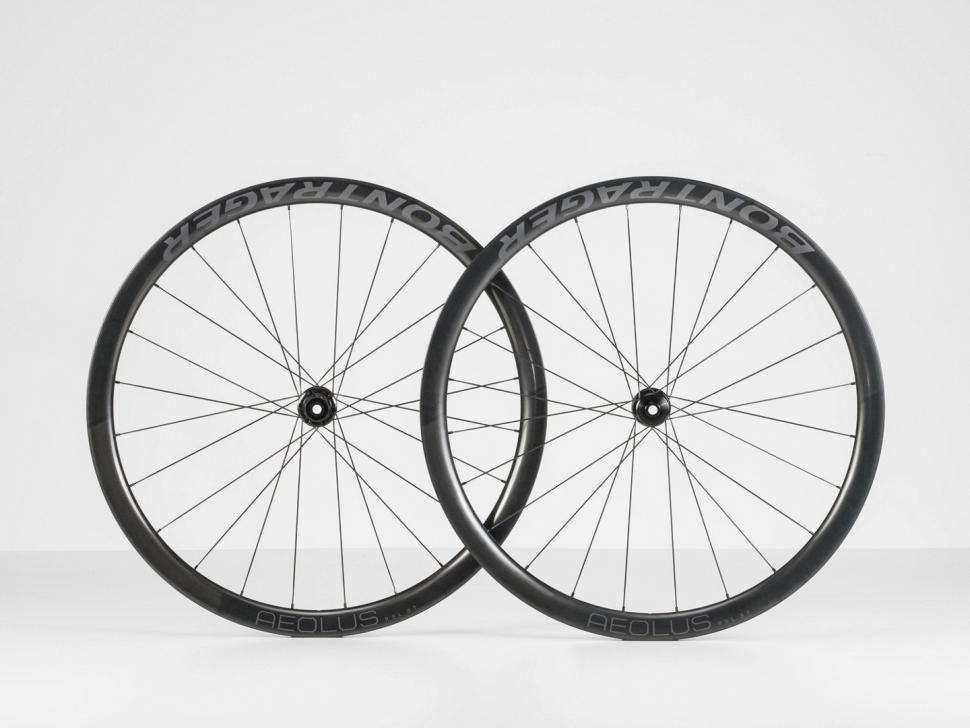
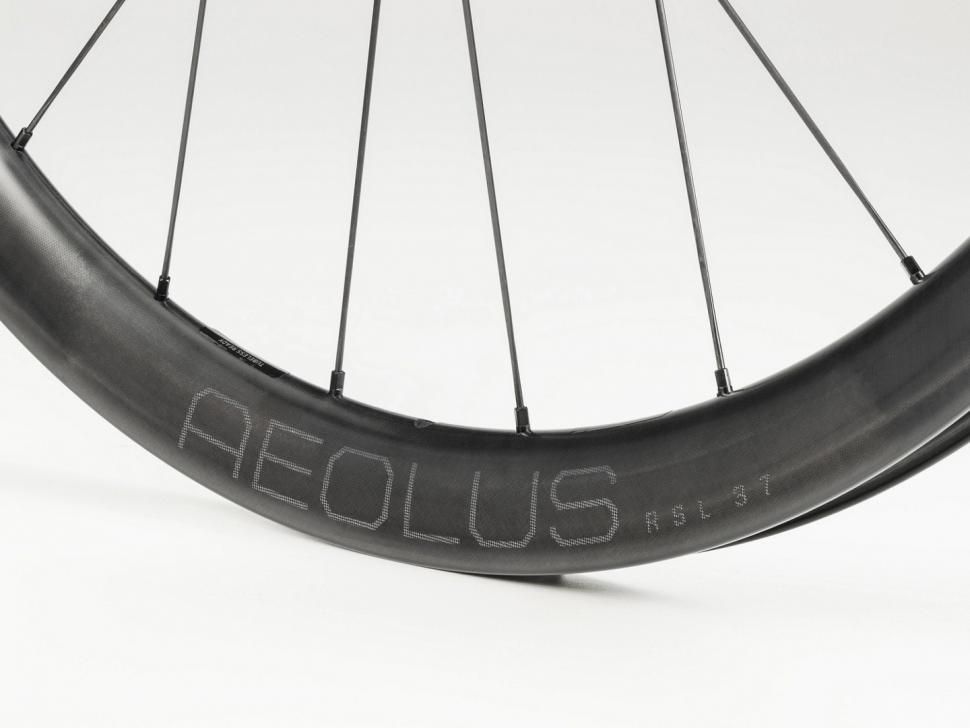
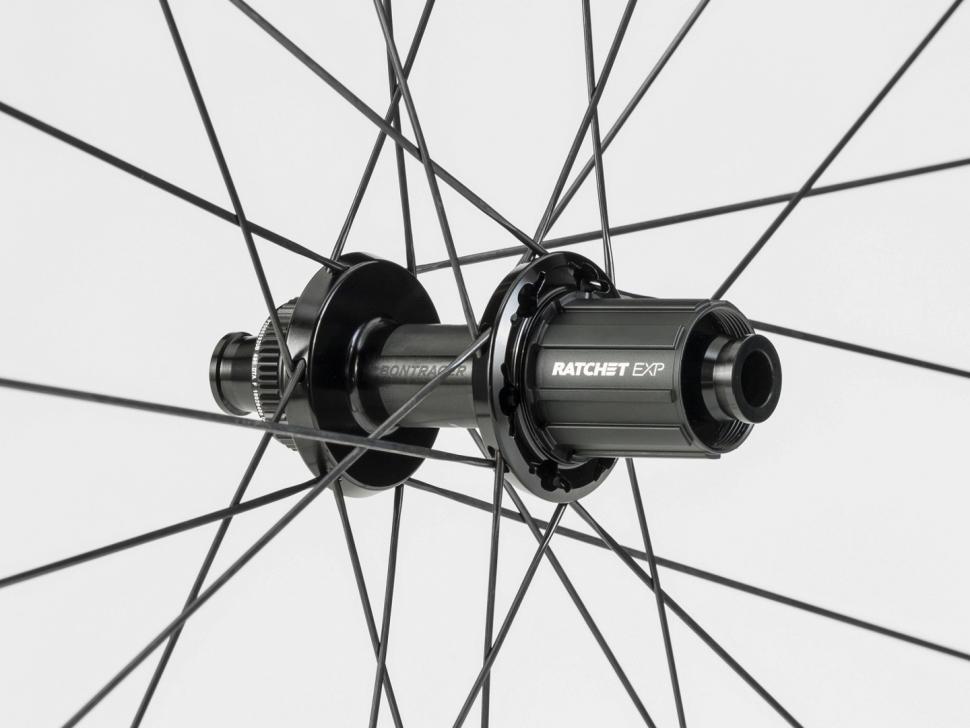

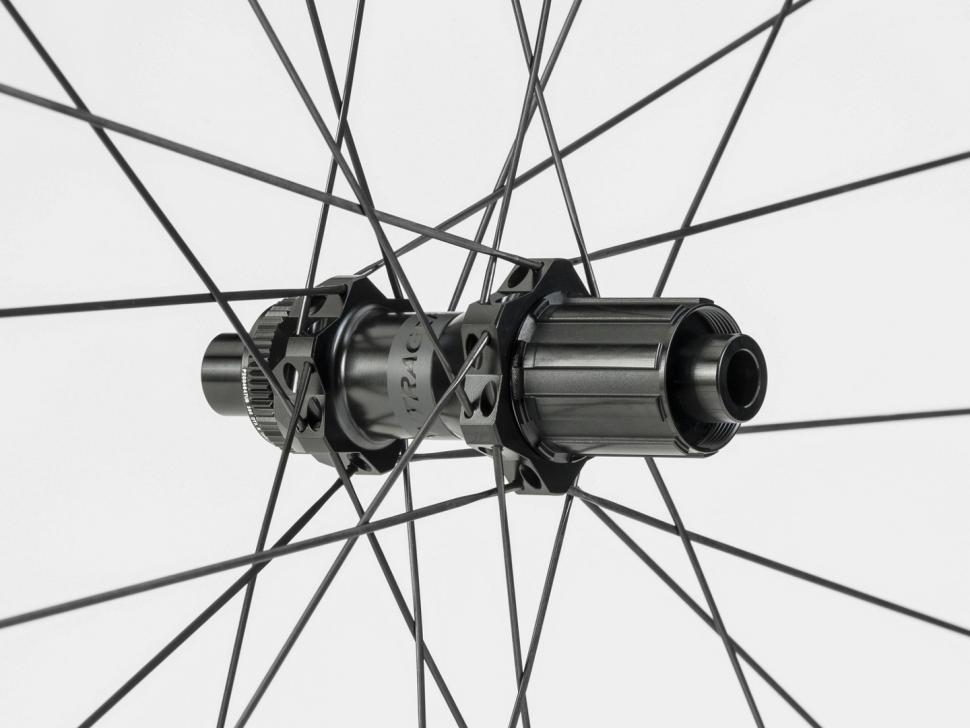
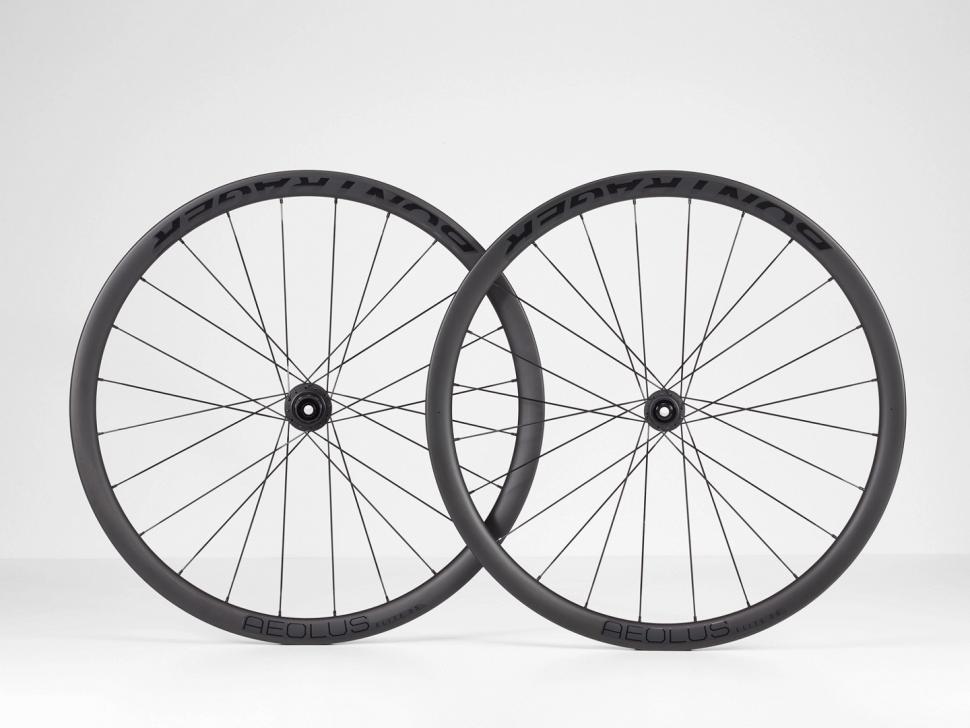
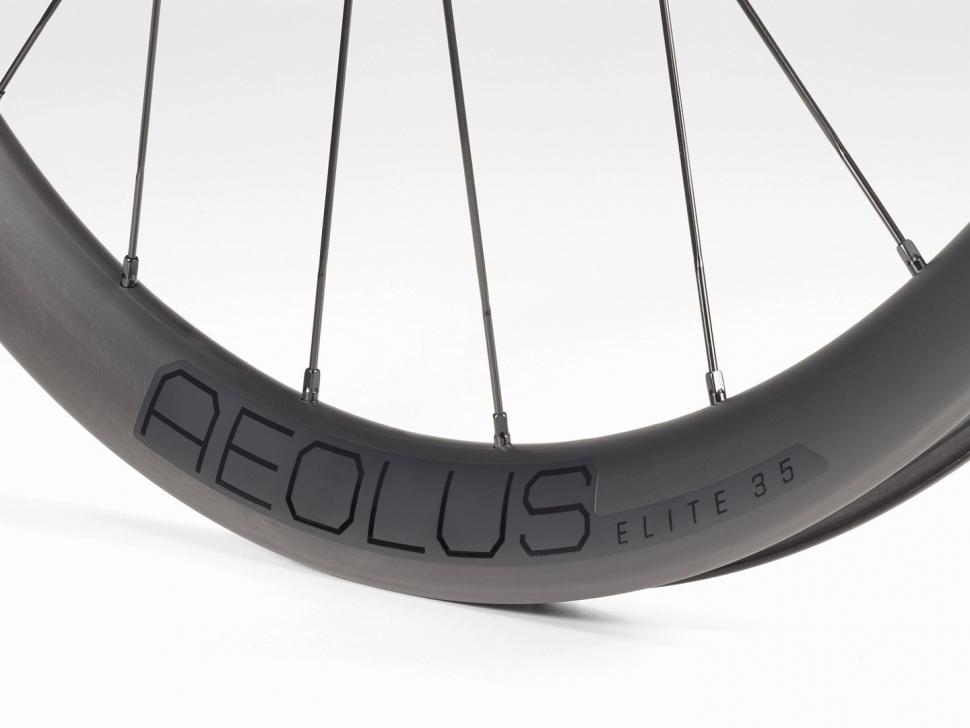
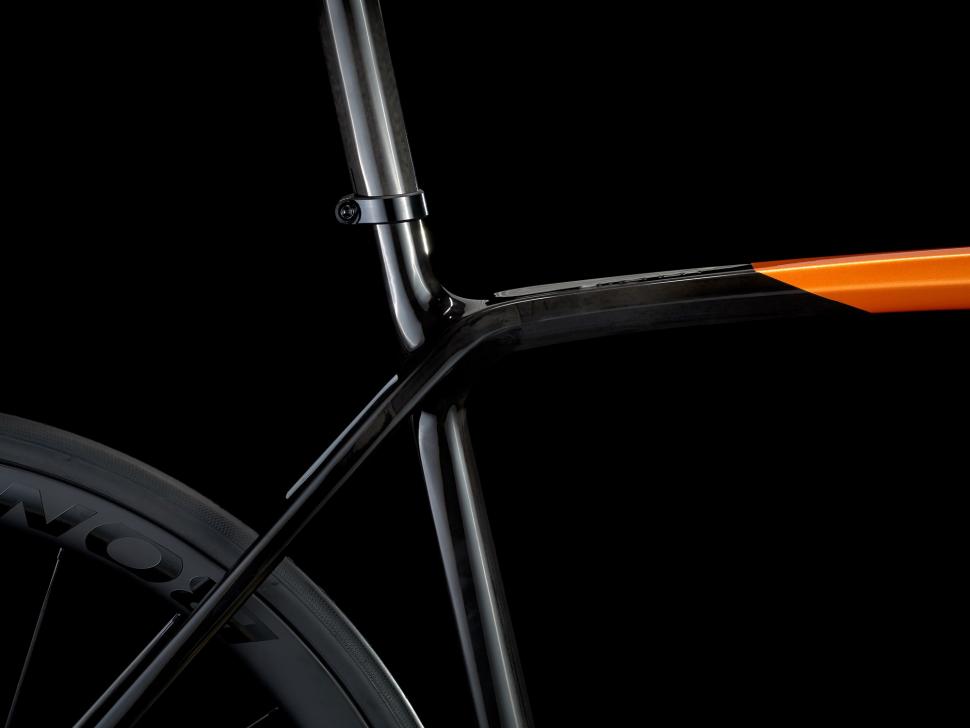
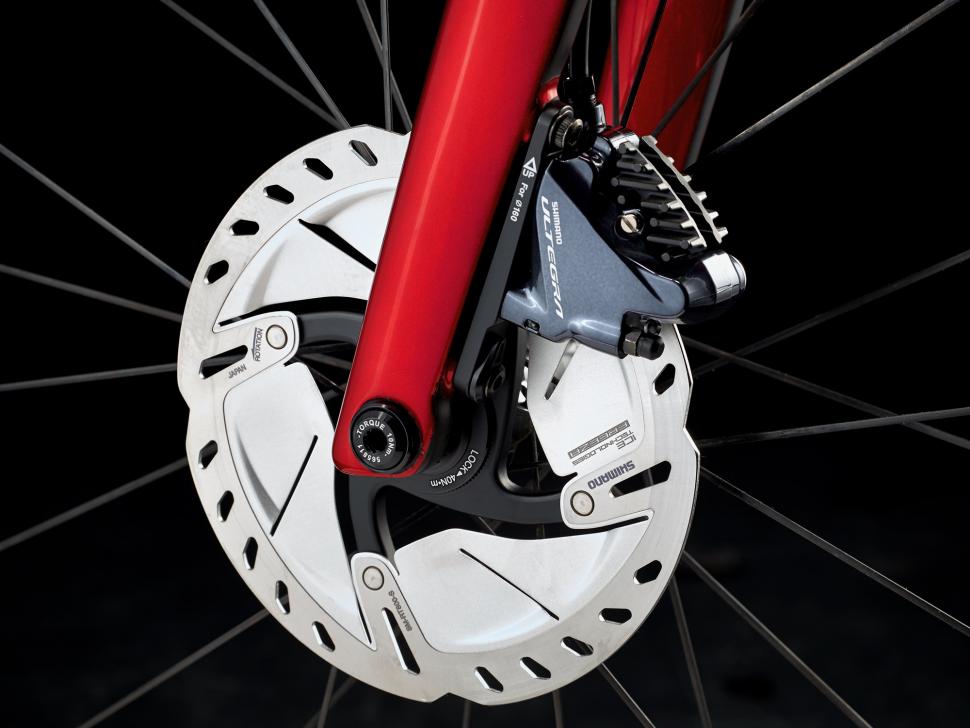
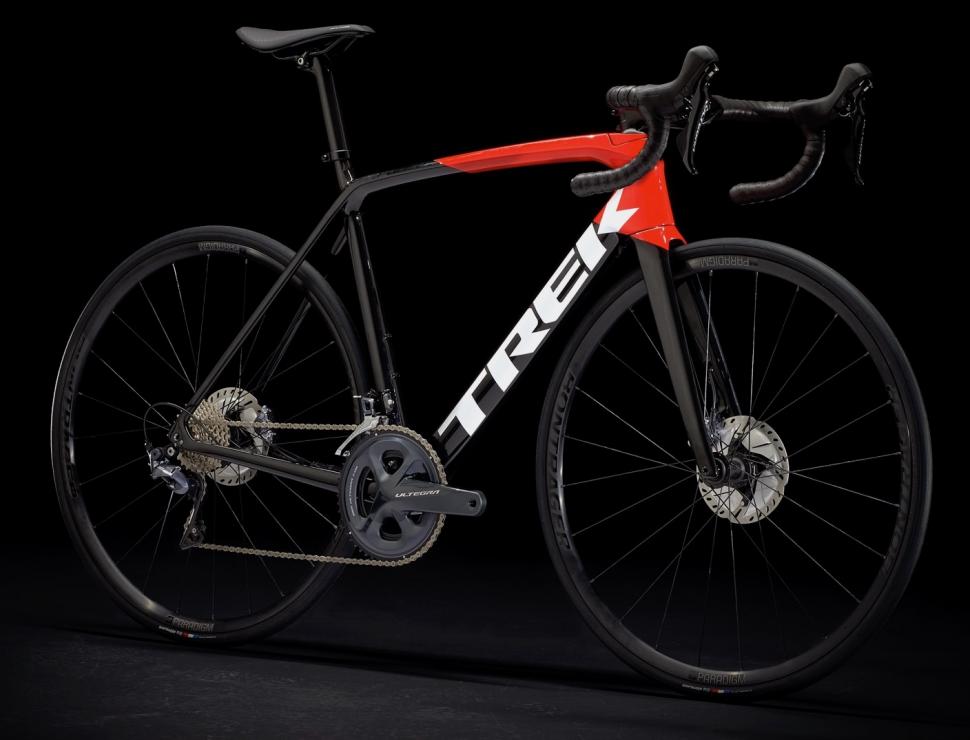
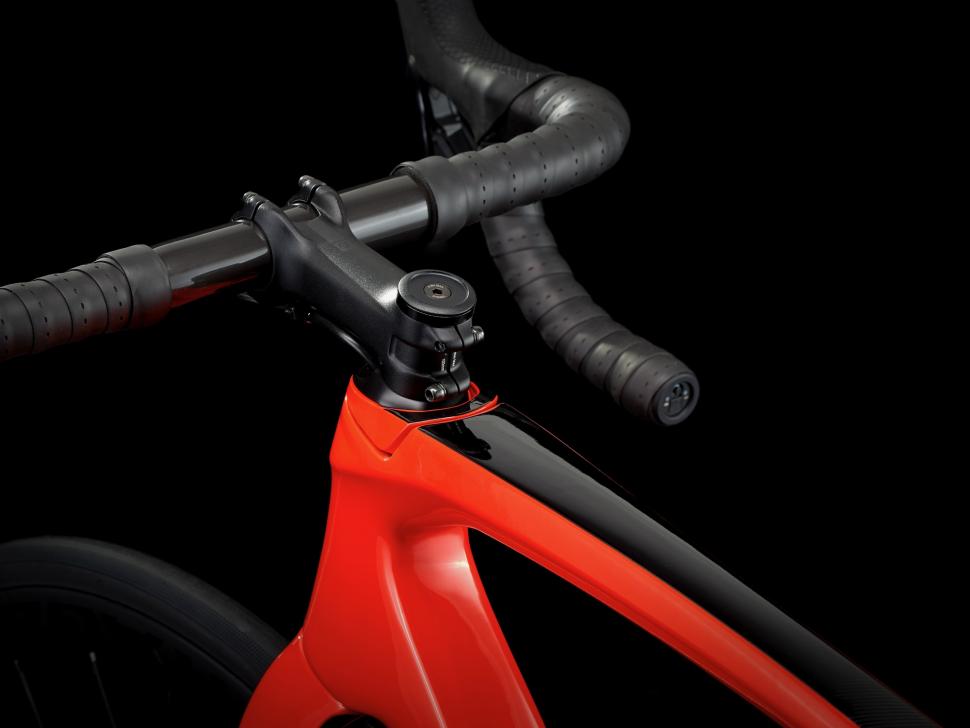
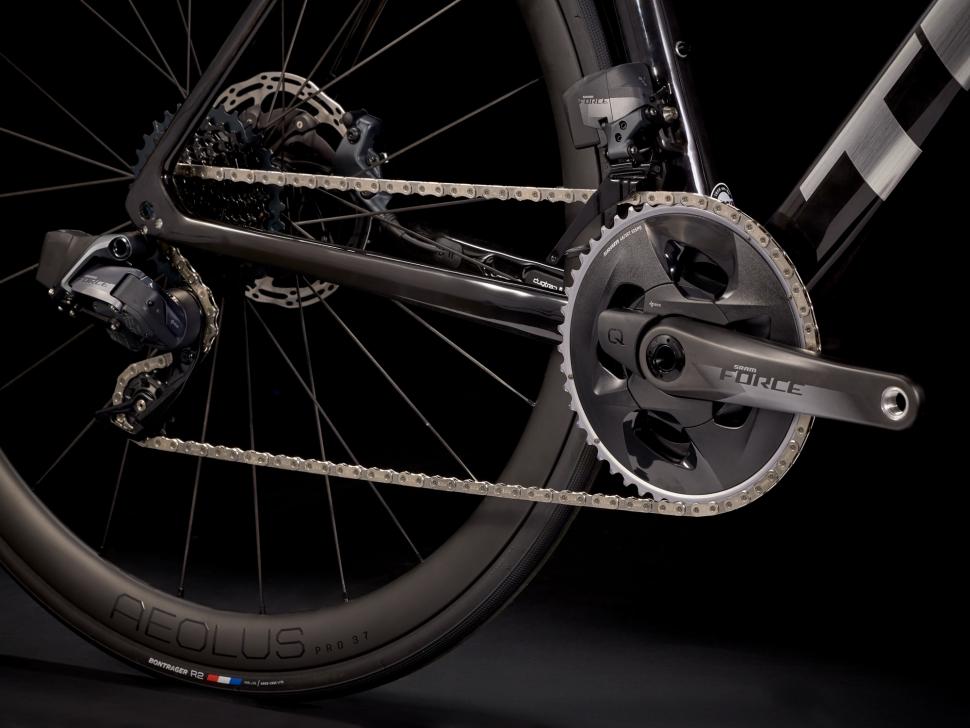
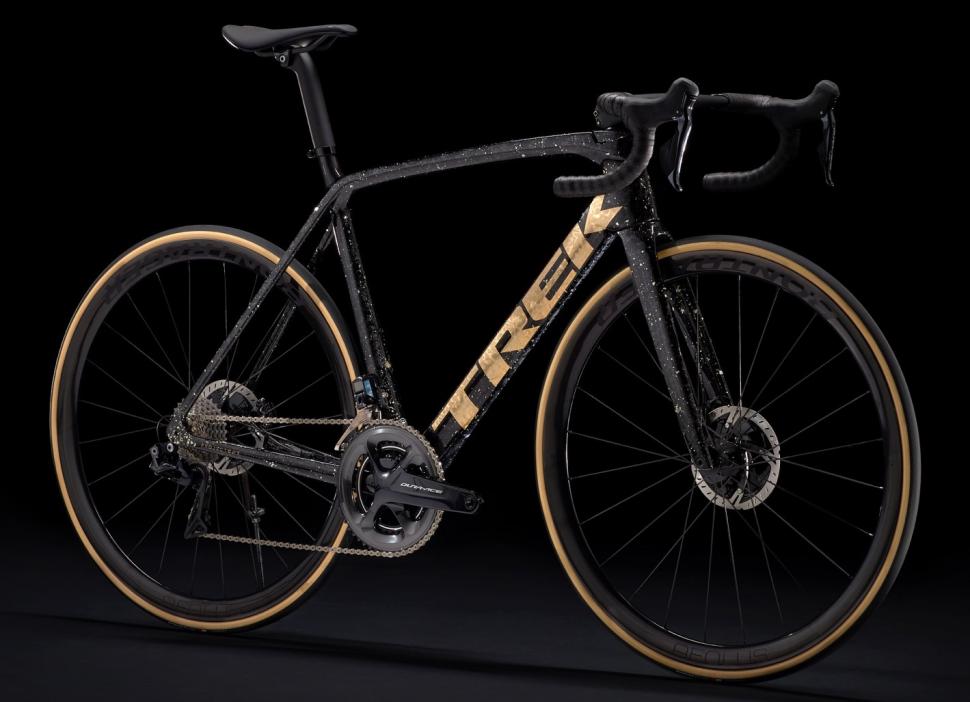
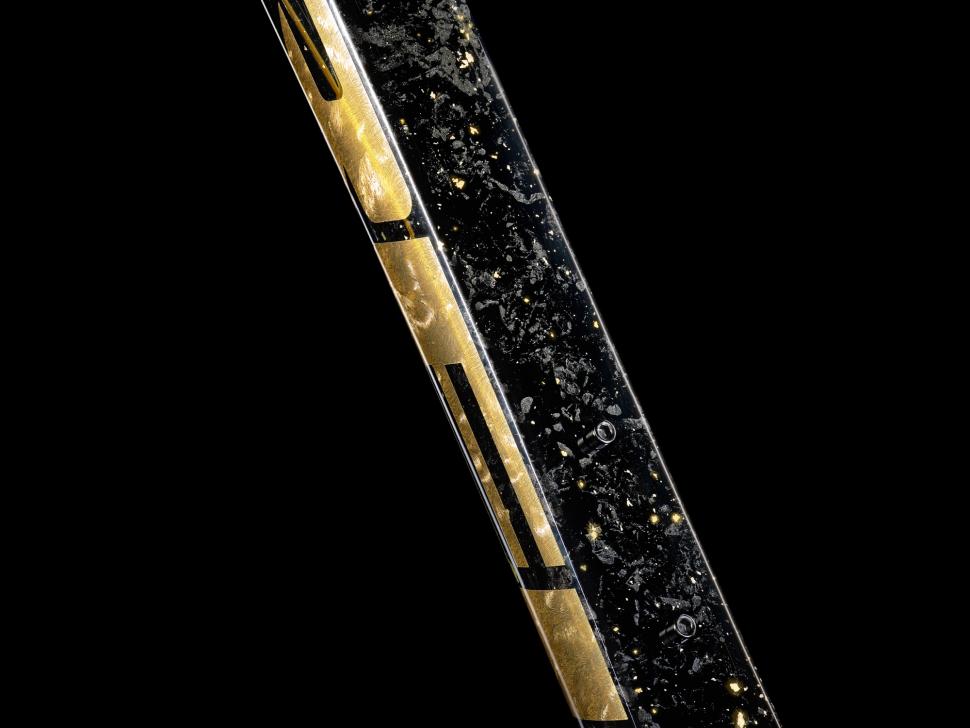















































































































































Add new comment
4 comments
Was this said with a straight face?
It's good that they make allowances for people with artificial legs. In fact, they seem to have designed it around that. Very inclusive.
Yeah no dropped seat stays. That’ll be 2022.
Lovely looking bike though. I’d have one if I could do it justice.
I'll take two of those Project One thingies, thanks.